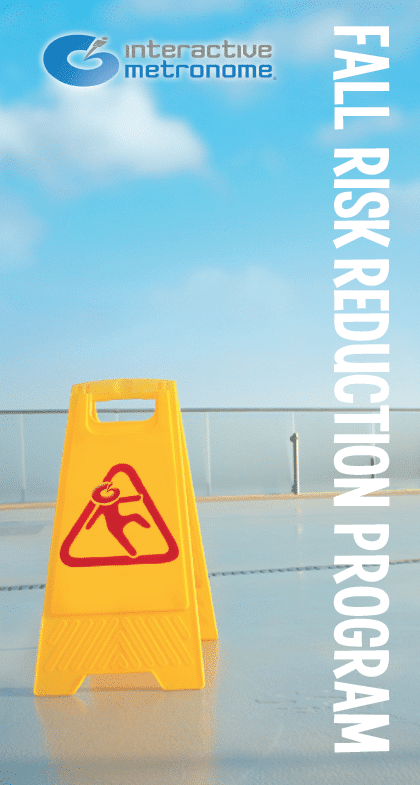Help! I’ve Fallen…and I’m Going to Do Something About It

Accidental falls, especially by senior citizens, are unfortunately all too common; however, anyone can fall because of unsafe conditions, stress, inattention, loss of balance, syncope, existing medical conditions, prescription side effects or sudden trauma. While most falls result in nothing more than minor cuts and bruises, over 400,000 globally die every year because of accidental falls, making them the second leading cause of unintentional death worldwide after motor vehicle accidents.
The majority of falls, however, do not result in death. Some 37 million people receive medical condition for injuries sustained during an accidental fall. The group with the highest risk is the elderly (age 65 and over), with over 30% of this age group experiencing a fall every year. Additionally, falls are the leading cause of fatal and nonfatal injuries among older adults. Although the elderly have the highest risk, accidental falls are not limited to their age group; older adults are simply more likely to suffer from a high number of risk factors, which include:
- Overcrowded housing
- Underlying neurological conditions (TBI, Stroke or degenerative conditions such as Parkinson’s, Alzheimer’s and ALS)
- Medical conditions, especially respiratory and cardiac problems
- Limited mobility and physical inactivity
- Poor vision
- Side effects of prescription medication
- Cognitive deficits
Anyone suffering from just one of these factors is at an elevated risk of accidental falls. Don’t let an accidental fall rob you of the life you want. Just the fear of falling, especially among those who have previously suffered an accidental fall, causes many people to limit their activity level. Unfortunately, this leads to reduced mobility and an overall decrease in physical fitness”¦WHICH INCREASES THE RISK OF FALLING.
The good news is that most falls can be prevented. Creating a safer physical environment is the first step. Be sure to remove tripping hazards from your environment, check the support railing on stairs and improve your lighting. Exercise regularly to keep muscles and joints strong. If you have any concerns, contact your physician about a full medical exam; also have a professional check your vision and review prescription medications. Finally, and maybe the most difficult, make sure you take care of your brain.
A healthy diet and exercise are essential in strengthening the body and improving balance, but what about your mind? Sure, a healthy diet is good for your brain, but it is also important to properly exercise your brain. Without addressing underlying neuromuscular conditions and cognitive deficits, individuals remain at a high risk of experiencing accidental falls. Research now shows that gait requires some level of attentional or executive function resources. Patients that demonstrate decreased ability to maintain normal gait while performing a cognitive task have been shown to be at a higher risk for falls. The Interactive Metronome® (IM) Fall Risk Reduction Coaching & Certification Program teaches clinicians how to use IM to improve balance, focus, and ability to have divided attention during movement.
The Fall Risk Reduction Coaching & Certification Program addresses patients’ needs in a multi-system, dual tasking mode to achieve treatment outcomes directly related to decreasing the risk of falling. This six-webinar on-demand series focuses on incorporating IM into the treatment plan with various patient populations at risk for falling, while emphasizing two often-overlooked features of fall prevention: 1) that each professional who encounters the patient is responsible for identifying fall risk and intervening to prevent falls, and 2) how timing in the brain (or temporal processing) is at the heart of fall risk and prevention, including its effect on several systems: musculoskeletal, proprioceptive, oculomotor, vestibular, cognitive and communicative.
Upon successful completion of the course, participants will be certified in the IM Fall Risk Reduction Protocol and will be able to immediately apply the principles learned in this course to design & implement discipline-specific treatment plans that effectively decrease the risk of falling.


